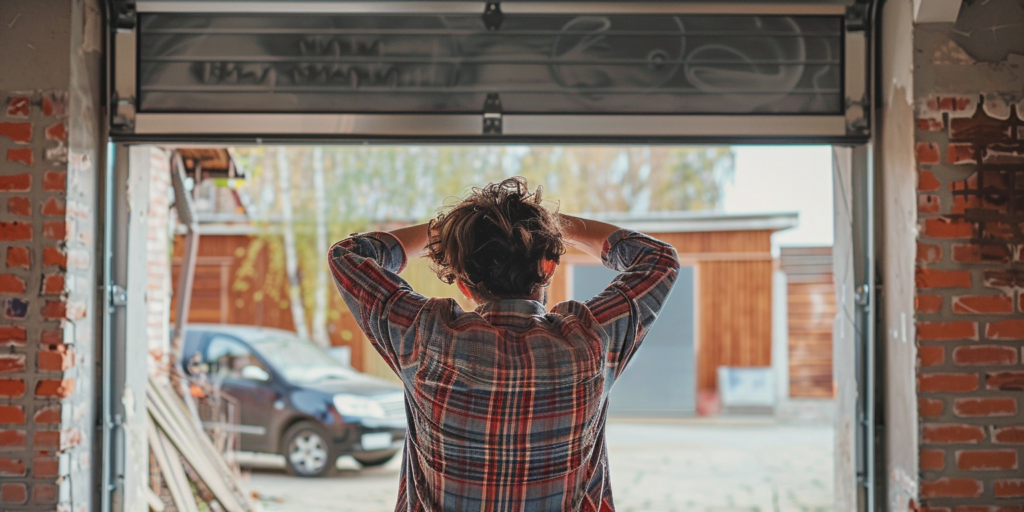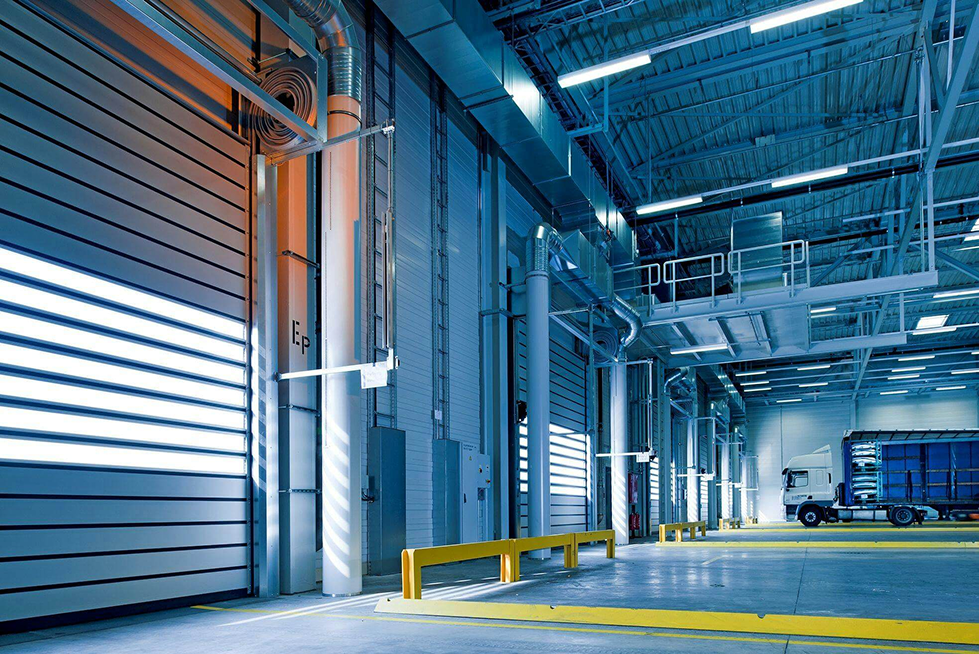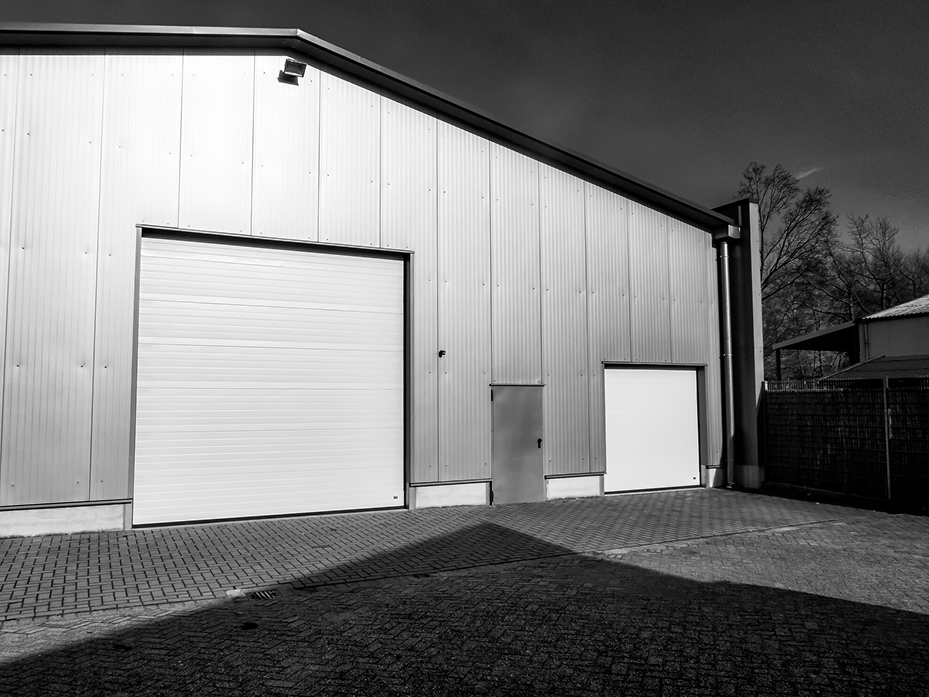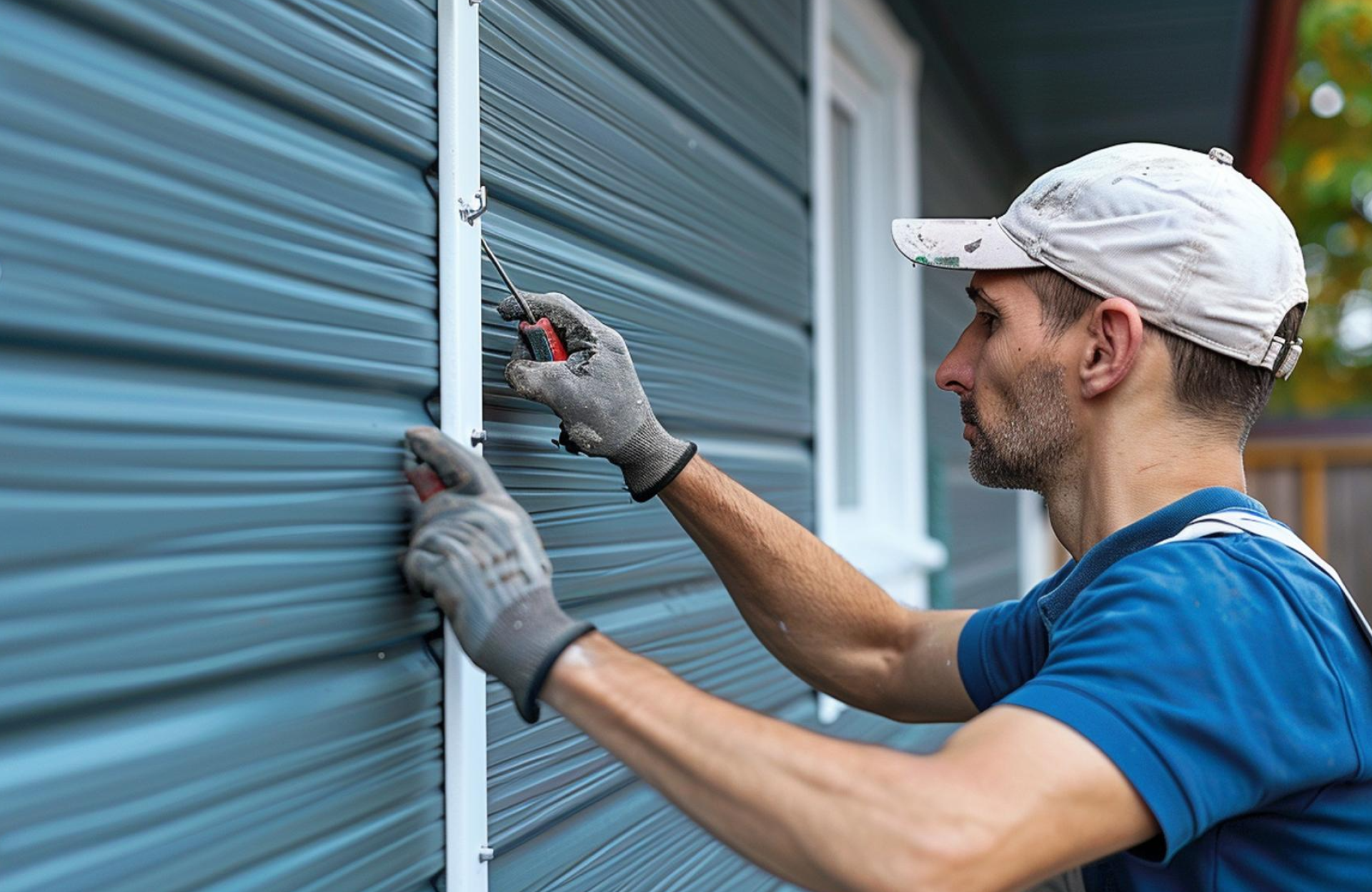Understanding Garage Door Springs
Garage door springs are essential components that play a critical role in the functioning of garage doors. Their primary purpose is to counterbalance the weight of the door, allowing it to open and close smoothly. There are two main types of garage door springs: torsion springs and extension springs. Each type has a unique mechanism and serves an important function in the overall operation of the garage door.
Torsion springs are typically mounted above the garage door opening. They operate by twisting as the door opens and closes, providing the necessary lift to raise the heavy door. These springs are known for their durability and ability to handle significant weight, making them a popular choice for heavier garage doors. On the other hand, extension springs are located on either side of the door track and work by stretching to lift the door. While they may be easier to install and replace, they generally have a shorter lifespan compared to torsion springs.
The mechanics behind how these springs operate are crucial for understanding their importance. When a garage door is closed, the springs are under tension, storing energy. As the door is opened, the tension is released, allowing the door to rise. Properly functioning springs maintain the equilibrium of the garage door, ensuring that it operates efficiently and safely. If either type of spring becomes worn or damaged, it can lead to improper door operation, creating hazards for users.
Regular maintenance and checks on garage door springs are essential to ensure both safety and functionality. Inadequate attention to these springs can result in unexpected failures and potentially dangerous situations. As such, homeowners should prioritize the inspection of their garage door springs as part of their overall home maintenance routine.
Signs You Need to Check Your Garage Door Springs
Regular maintenance of your garage door springs is crucial for the overall functioning and safety of your garage door system. There are several indicators that can suggest it is time to conduct a garage door repair or inspection of the springs. Recognizing these signs early can prevent more significant issues and enhance the longevity of your garage door.
One of the most evident signs requiring attention is unusual noises during the operation of the garage door. If you hear loud creaking, popping, or banging sounds when opening or closing the door, it could signify that your springs are worn out or damaged. These noises indicate that the springs are under excessive strain or may have lost their tension, necessitating immediate inspection.
Additionally, visible wear and tear on the garage door springs is another critical sign to consider. If you notice any rust, corrosion, or excessive fraying on the springs, it is advisable to have them evaluated by a professional. Ignoring these visual cues can lead to a malfunctioning door and may create potential safety hazards.
Another factor to watch out for is the alignment of the garage door. If the door appears to be misaligned, it could indicate an issue with the springs. A properly functioning door should open and close smoothly; if you experience difficulties during this process, such as jerky movements, this may be symptomatic of spring problems.
Finally, if your garage door hesitates, stops midway, or struggles to open or close entirely, it is essential to address these issues promptly. These irregular movements often suggest that the springs are no longer performing optimally, which can lead to further complications and increased repair costs if left unattended.
How Often to Inspect Your Garage Door Springs
Garage door springs play a critical role in the functionality of your garage door, supporting its weight and ensuring smooth operation. Regular inspections are essential to maintain their performance and prevent costly damage. It is generally recommended to inspect your garage door springs at least once a year as part of ongoing maintenance. This annual check allows homeowners to identify any signs of wear or potential issues before they escalate into significant problems.
For those who use their garage door frequently, more frequent inspections may be necessary. Heavy usage can lead to increased wear and tear on the springs, which are subjected to significant stress with each opening and closing cycle. If you notice any unusual noises, such as squeaking or grinding, or if the door doesn’t open or close as smoothly as it once did, it’s advisable to inspect the springs promptly. These signs could indicate that your garage door requires immediate attention, warranting a professional garage door repair service.
Additionally, conducting seasonal checks can be beneficial, especially before and after extreme weather conditions. Harsh elements, including heavy rain, snow, or strong winds, can impact the integrity of your garage door system. By inspecting your garage door springs before the onset of severe weather, you can address any vulnerabilities, ensuring that the door operates reliably when needed most. Moreover, following up with an inspection after such weather events can help to catch any damage that may have occurred.
Taking these precautions not only prolongs the life of your garage door springs but also enhances safety for you and your family. Regular maintenance helps to prevent unexpected malfunctions, ensuring that your garage door remains a secure and functional entry point to your home.
Best Practices for Maintaining Garage Door Springs
Maintaining garage door springs is essential to ensure the efficient operation of the entire system. Regular inspections and appropriate upkeep can prevent potential issues, ultimately extending the lifespan of your garage door. One of the best practices involves regular lubrication of the springs using a high-quality garage door lubricant. By applying lubricant every few months, you can minimize friction and wear, which are common causes of spring failure. It is critical to avoid using WD-40 or similar products, as they can lead to deterioration of the springs over time.
Additionally, monitoring the functionality of the garage door is vital. This includes observing how smoothly the door opens and closes. If you notice unusual sounds such as grinding or squeaking, it may be time to conduct a closer inspection or arrange for professional garage door repair. Checking for visible signs of wear, such as rust or corrosion on the springs, is also important. Identifying problems early on can help prevent extensive damage and costly repairs down the line.
While regular maintenance can be performed by homeowners, certain situations require professional servicing. If the springs appear damaged, or if the door is unbalanced, it is advisable to seek the assistance of a skilled technician. Garage door springs are under significant tension and can pose safety risks if not handled correctly. Therefore, knowing when to call in a professional is crucial.
Common mistakes include attempting to adjust tension in the springs or dismantling components without the necessary expertise. Both actions can lead to serious injuries or exacerbate existing issues. By adhering to these best practices, you can effectively maintain your garage door springs, ensuring your garage door operates smoothly and safely for years to come.





